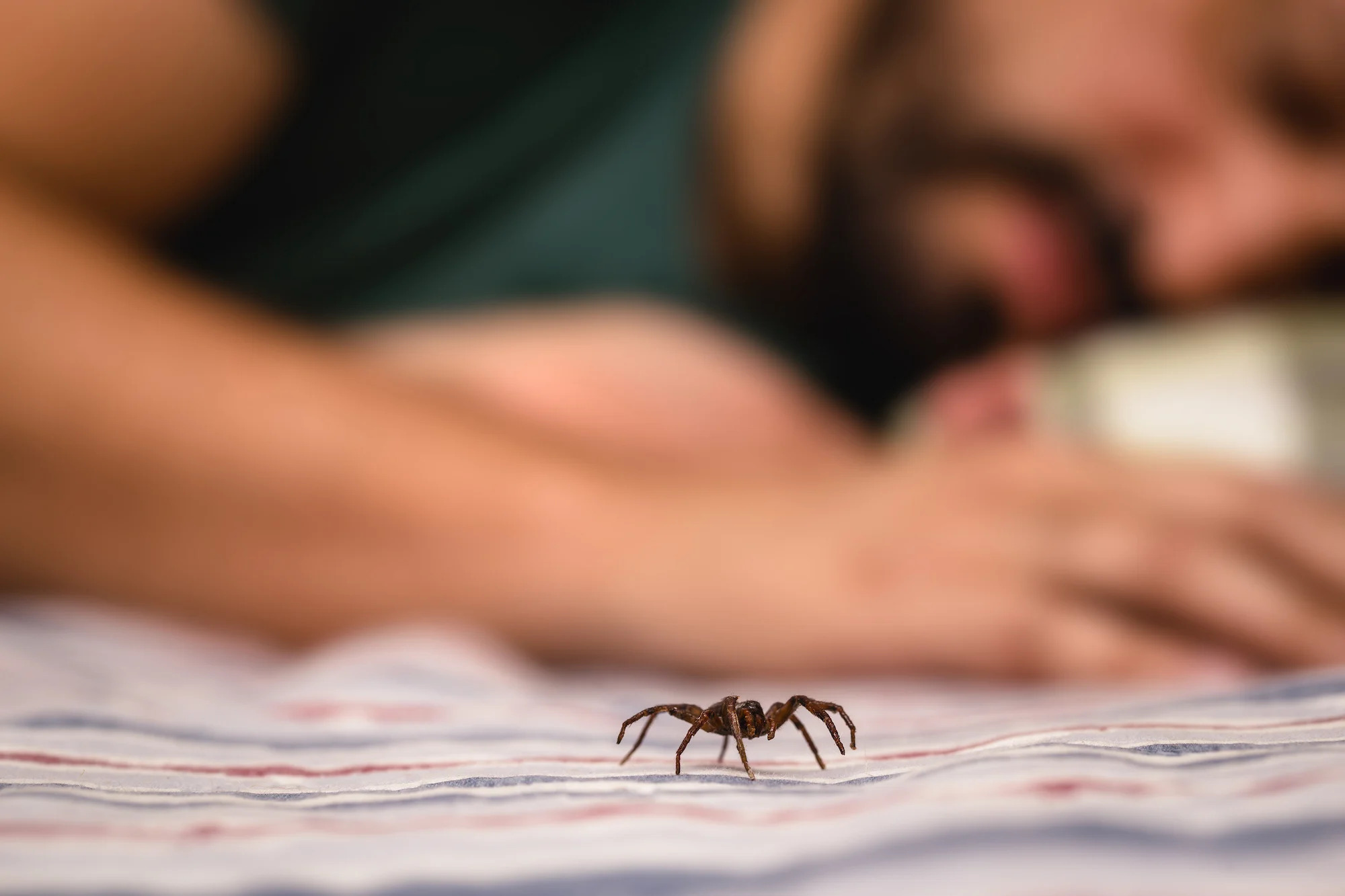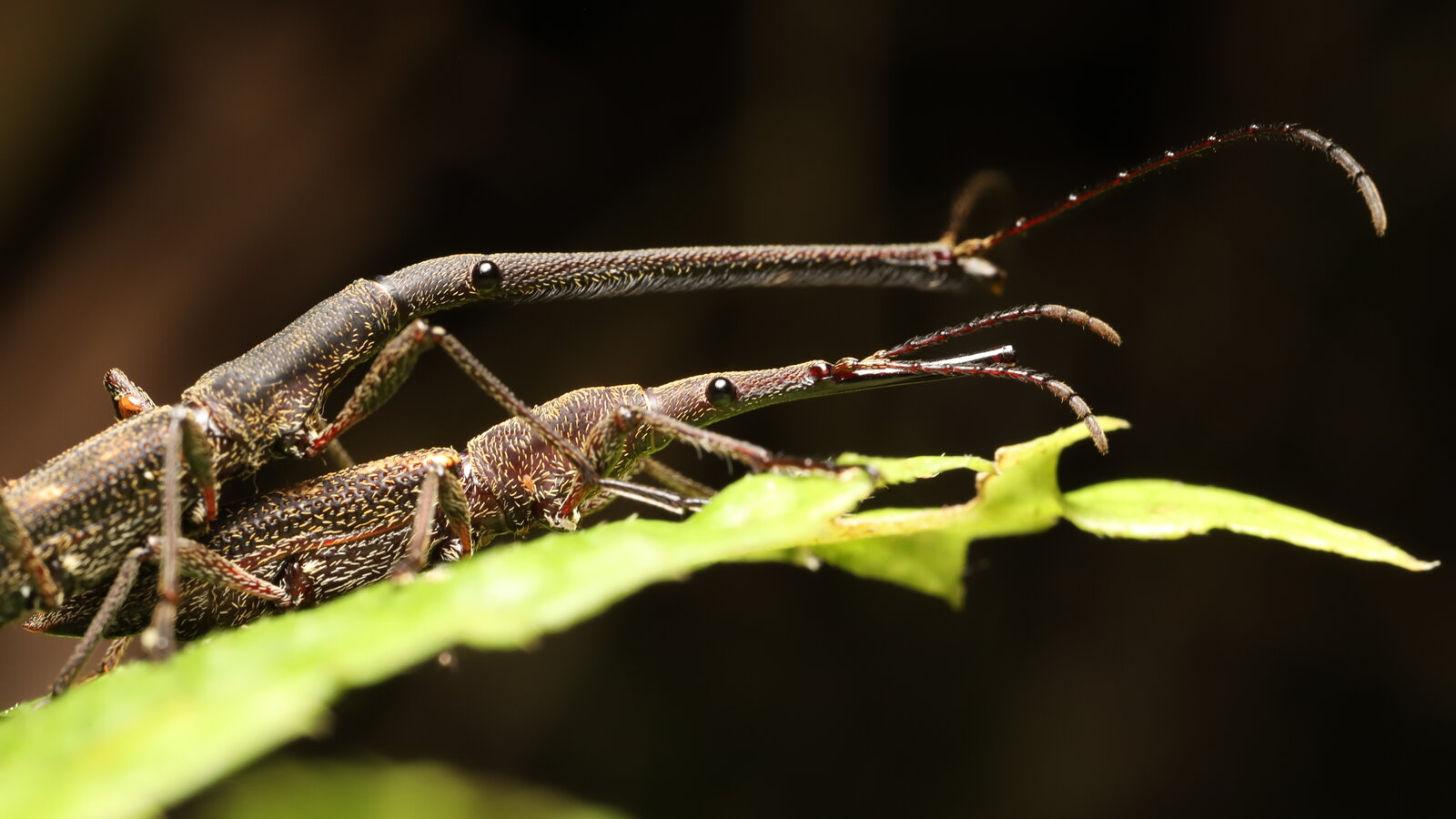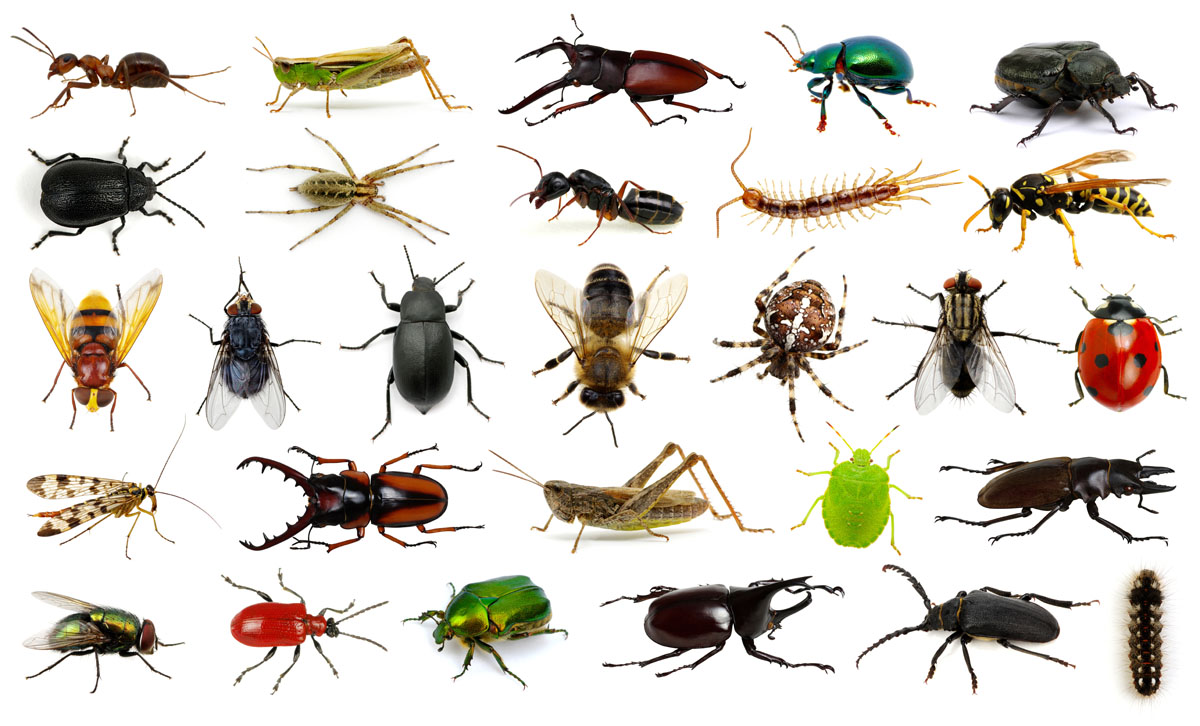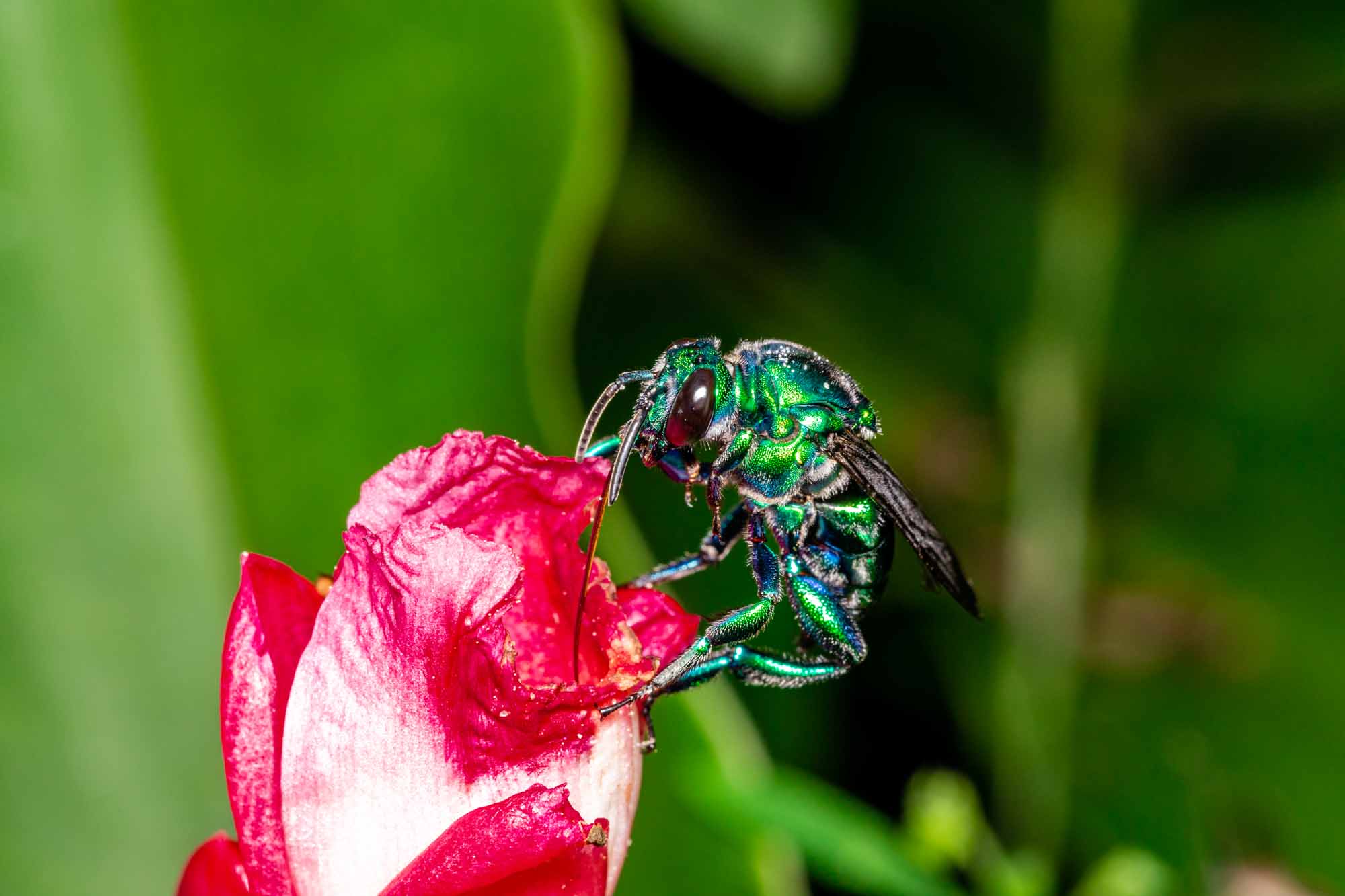Home>Gardening News and Trends>Latest News>How Many Legs Do Insects Have?
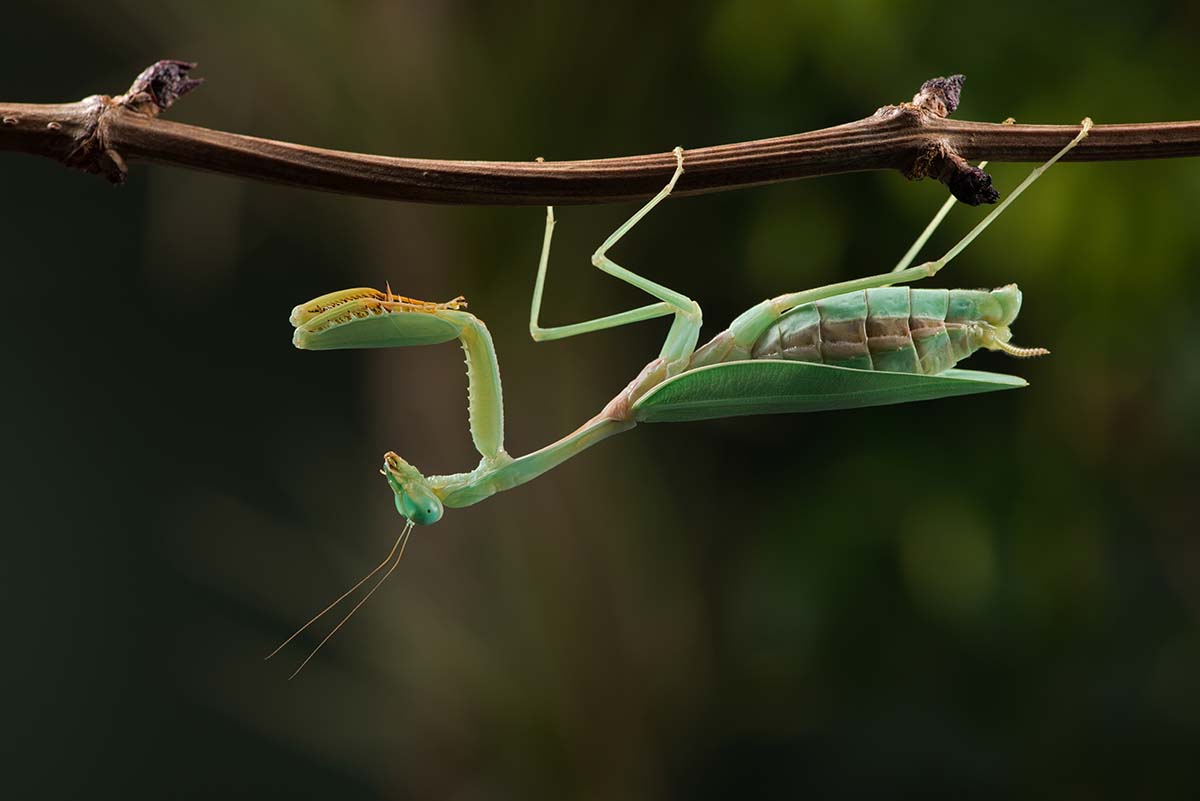

Latest News
How Many Legs Do Insects Have?
Modified: January 22, 2024
Find out the latest news on how many legs insects have. Discover fascinating facts about insect anatomy and understand their unique leg count.
(Many of the links in this article redirect to a specific reviewed product. Your purchase of these products through affiliate links helps to generate commission for Chicagolandgardening.com, at no extra cost. Learn more)
Table of Contents
Introduction
Insects are fascinating creatures that inhabit nearly every corner of our planet. With their diverse shapes, sizes, and behaviors, they have evolved to fit into various ecological niches. One distinctive feature that sets insects apart from other animals is their unique leg anatomy. While it is commonly known that insects have six legs, there is much more to learn about the intricacies of these appendages.
From the delicate legs of a butterfly to the powerful grasping legs of a mantis, insect legs have adapted to serve different purposes. Understanding the structure and function of these legs can provide insights into the evolutionary relationship between insects and shed light on their remarkable adaptability.
In this article, we will explore the fascinating world of insect legs, delving into their anatomy, the different types of legs found in insects, their functions, and the evolutionary processes that have shaped them. Whether you have a passing interest in insects or are a seasoned entomologist, join us on this journey to unravel the mysteries of insect legs.
The Anatomy of Insects
To understand the complexities of insect legs, we must first explore the basic anatomy of these fascinating creatures. Insects belong to the phylum Arthropoda, which is characterized by their segmented bodies, jointed appendages, and exoskeletons.
At a fundamental level, insects possess three main body regions: the head, thorax, and abdomen. The thorax is the segment that bears the legs and wings. Each of these regions contributes to the overall functionality of the insect, with the legs playing a crucial role in locomotion, sensory perception, and even reproduction.
The legs of insects are connected to the thorax via specialized joints known as coxae. These joints allow for a wide range of movements and flexibility, enabling insects to navigate their environment with ease.
Furthermore, an insect’s leg is comprised of several distinct parts. The main segments, from proximal to distal, are the coxa, trochanter, femur, tibia, and tarsus. Each segment serves a specific purpose, allowing for different forms of movement and manipulation.
The coxa forms the base of the leg and provides the anchor point for the leg to attach to the body. It is connected to the thorax via a hinge-like joint, allowing for a wide range of motion. The trochanter and femur function as the intermediate segments, providing additional support and mobility.
The tibia is the long segment that connects the femur to the tarsus. It is responsible for the majority of leg movement, enabling insects to walk, jump, or climb. The tarsus, located at the end of the leg, consists of several smaller segments called tarsomeres. These segments often possess specialized structures such as claws, adhesive pads, or sensory organs.
Combined, these segments create a highly efficient and versatile system that allows insects to perform a wide array of movements. Whether it is the precise grooming of antennae, the swift flight of a dragonfly, or the delicate manipulation of objects by an ant, the intricate design of insect legs enables them to excel in their respective ecological roles.
The Structures of Insect Legs
The legs of insects exhibit a remarkable diversity of structures, each adapted to suit the specific needs and behaviors of different species. While the basic segments of the leg are similar across insects, variations in size, shape, and specialized structures create a multitude of leg types.
One common variation is the presence of spines or setae on the legs. These tiny hairs or bristles can serve various purposes, such as providing stability during locomotion or detecting vibrations in the environment. Some insects, like stick insects, have elongated and slender legs that are covered in spines, helping them to blend in with their surroundings.
Another interesting structural adaptation is the modification of the leg segments for specific tasks. For example, in digger wasps, the front legs are elongated and equipped with robust spines, enabling them to excavate burrows efficiently. Similarly, the hind legs of grasshoppers are enlarged and equipped with powerful muscles for jumping long distances. This specialization in leg structure allows insects to excel in their particular ecological niche.
Furthermore, some insects possess modified structures on their legs for unique functions. Certain species of flies have evolved adhesive pads called pulvilli, allowing them to walk on smooth surfaces such as glass or ceilings. These pads are covered in tiny hairs, increasing the surface area and enhancing adhesion.
Insects like beetles and grasshoppers often have sharp spurs on their legs, which they use for defense or capturing prey. These spurs can be inserted into the ground or used to grasp onto the bodies of other insects, securing their position during fights or mating encounters.
Additionally, some insects have developed specialized adaptations on their legs for prey capture. For instance, praying mantises have powerful and spiny forelegs (raptorial legs) that are folded and used to snatch prey with incredible speed and accuracy. These legs are designed to immobilize and capture their prey, showcasing the incredible hunting capabilities of these insects.
These diverse leg structures reflect the incredible adaptability of insects and their ability to thrive in various ecological niches. The modification of leg segments, the presence of spines or setae, and the evolution of specialized structures all contribute to the diverse array of leg types found in insects.
Variation in Leg Types Among Insects
Insects exhibit a remarkable diversity in leg types, reflecting the wide range of adaptations they have undergone to survive and thrive in their respective environments. From swift runners to adept climbers to powerful jumpers, each leg type is uniquely suited to fulfill specific functional requirements.
One common leg type among insects is the walking leg. This leg type is characterized by segments of similar length, allowing for a stable and balanced gait. Walking legs are found in many insects, including beetles, ants, and bees, enabling them to traverse a variety of terrains.
Some insects have evolved specialized legs for climbing. These legs often feature curved segments, flexible joints, and adhesive pads or claws. Examples of climbers include tree-dwelling ants, which possess curved legs that allow them to move easily along rough surfaces, and treehoppers, which have long, slender legs designed for vertical climbing.
Fliers, such as butterflies, moths, and flies, possess legs that are adapted for flight. These legs are typically long and slender, enabling insects to reduce drag during flight. The presence of small, fine hairs on the legs aids in maintaining balance during aerial maneuvers.
Jumpers, such as grasshoppers and fleas, possess powerful hind legs that are specialized for leaping. These legs have enlarged femurs and tibias, along with strong muscles, enabling insects to generate quick and forceful jumps. The hind legs often feature specialized structures, such as modified spines or ridges, which enhance the jumping ability.
Aquatic insects have also developed leg types suited for their aquatic lifestyle. Water striders, for example, have long, slender legs that distribute their weight over a large surface area, enabling them to walk on the water’s surface without breaking the surface tension. Conversely, diving beetles have flattened legs with fringed hairs, allowing them to paddle through the water with ease.
It is important to note that leg types can vary even within a single insect order. For example, beetles, one of the most diverse groups of insects, feature a range of leg types adapted for different lifestyles. Some beetles have legs modified for digging, others for swimming, and still others for clinging to surfaces.
Overall, the variation in leg types among insects showcases their incredible adaptability and the diverse ecological niches they occupy. These specialized leg structures allow insects to navigate their environments, exploit available resources, and engage in complex behaviors necessary for survival.
Leg Functions in Insects
Insects rely heavily on their legs for a multitude of crucial functions in their daily lives. These remarkable appendages serve not only as means of locomotion, but also play integral roles in sensory perception, feeding, mating, defense, and communication.
One of the primary functions of insect legs is locomotion. Walking legs provide stability and allow insects to move efficiently across various surfaces. The coordinated movement of the legs enables insects to navigate complex terrains, search for food, and find suitable habitats for nesting or mating.
Legs also play a vital role in the sensory perception of insects. Tiny sensory organs, such as hairs and bristles, located on the legs, allow insects to detect changes in their surroundings. These sensory structures can sense vibrations, temperature, humidity, and even chemical cues, providing crucial information for foraging, predator avoidance, and mating.
Feeding is another important function performed by insect legs. Insects with chewing mouthparts, such as beetles and grasshoppers, use their legs to grasp and manipulate food items. They may also use specialized structures, such as spines or tibial hooks, to hold and dissect prey. Insects with siphoning mouthparts, like butterflies and moths, use their legs to probe flowers for nectar, ensuring a steady supply of energy-rich food.
In the realm of reproduction, legs play a critical role in mating behaviors. Male insects often possess modified legs that aid in courtship and securing a mate. These modifications may include enlarged or ornamented legs, specialized spines or hooks, or even chemical secretions that attract females.
Defense mechanisms in insects are also intricately linked to their legs. Some insects have evolved defensive structures on their legs, such as spines or thorns, that help deter predators. Additionally, some insects may use their legs to deliver venomous bites or kicks as a means of defense.
Communication among insects is achieved through a combination of visual cues, sounds, and vibrations. Insects may use their legs to create sounds by rubbing certain body parts together, such as the legs against the wings or abdomen. These sounds can serve as a means of attracting mates or establishing territory.
Overall, the functions of insect legs extend far beyond simple locomotion. They play crucial roles in sensory perception, feeding, mating, defense, and communication. The diverse adaptations and specialized structures found in insect legs highlight the incredible versatility and resourcefulness of these remarkable creatures.
Evolution of Insect Legs
The evolution of insect legs is a fascinating subject that sheds light on the intricate processes that have shaped the diversity of life on Earth. The development of specialized leg structures and functions in insects is thought to have evolved through a combination of genetic mutations, natural selection, and environmental factors.
The origin of insect legs can be traced back to their common ancestor with other arthropods. Early arthropods possessed multiple pairs of jointed appendages, which eventually evolved into the six legs characteristic of insects. This evolution allowed for improved locomotion and maneuverability, enabling insects to exploit new habitats and resources.
As different insect species adapted to diverse ecological niches, their leg structures underwent significant modifications. This diversification in leg types is believed to have been driven by natural selection, as organisms with advantageous leg traits were more likely to survive and reproduce.
The development of specialized leg structures in insects is often linked to specific adaptive advantages. For example, the elongated legs of tree-dwelling ants allow them to navigate vertically, accessing food sources and avoiding predators. The powerful hind legs of grasshoppers enable them to execute powerful jumps and escape from imminent threats.
Moreover, the evolution of leg structures and functions in insects can also be influenced by environmental factors. For instance, insects dwelling in aquatic environments have leg adaptations for swimming or walking on water, allowing them to exploit the resources available in their specific habitats.
Genetic mutations play a crucial role in the evolution of leg morphology in insects. Random genetic changes can lead to the development of novel leg structures or variations in leg segment lengths. These mutations, combined with the forces of natural selection, can gradually shape the leg structures of insects over time.
The study of fossils has provided valuable insights into the evolution of insect legs. Fossilized remains of ancient insects show evidence of leg adaptations, enabling scientists to understand the gradual changes that have occurred over millions of years.
Overall, the evolution of insect legs is a complex process driven by genetic mutations, natural selection, and environmental factors. Through these mechanisms, insects have developed an astonishing array of leg structures and functions, allowing them to thrive in diverse habitats and fulfill their ecological roles.
Conclusion
The legs of insects are remarkable structures that have evolved to serve a multitude of functions and adapt to various ecological niches. From the delicate legs of butterflies to the powerful jumping legs of grasshoppers, these appendages showcase the incredible diversity and adaptability of insects.
Through a deep understanding of insect leg anatomy, we can appreciate the intricate design and functionality of these appendages. The segments and joints of insect legs allow for precise and coordinated movements, enabling insects to walk, climb, jump, and fly with remarkable efficiency.
Furthermore, the variation in leg types among insects highlights their adaptability and the different ecological roles they fulfill. Whether it is the specialized legs of climbers, the flight-adapted legs of fliers, or the powerful hind legs of jumpers, each leg type reflects the remarkable adaptations that have occurred over millions of years of evolution.
Insect legs have evolved to perform a wide array of functions beyond locomotion. They play crucial roles in sensory perception, feeding, mating, defense, and communication. The diverse structures and adaptations found in insect legs reflect the remarkable versatility and resourcefulness of these fascinating creatures.
By studying the evolution of insect legs, we gain insights into the complex processes that have shaped the incredible diversity of life on Earth. Genetic mutations, natural selection, and environmental factors have all played a role in shaping the development of specialized leg structures in insects.
As we continue to explore and study the world of insects, there is still much more to discover about the intricate details and adaptations of their legs. The ongoing research and fascination with insect legs will undoubtedly uncover new insights into their functions, behaviors, and evolutionary history.
In conclusion, the legs of insects are masterpieces of natural engineering, facilitating their survival, reproduction, and success in various environments. They exemplify the immense diversity and adaptability found in the world of insects, captivating the minds of scientists and nature enthusiasts alike.
